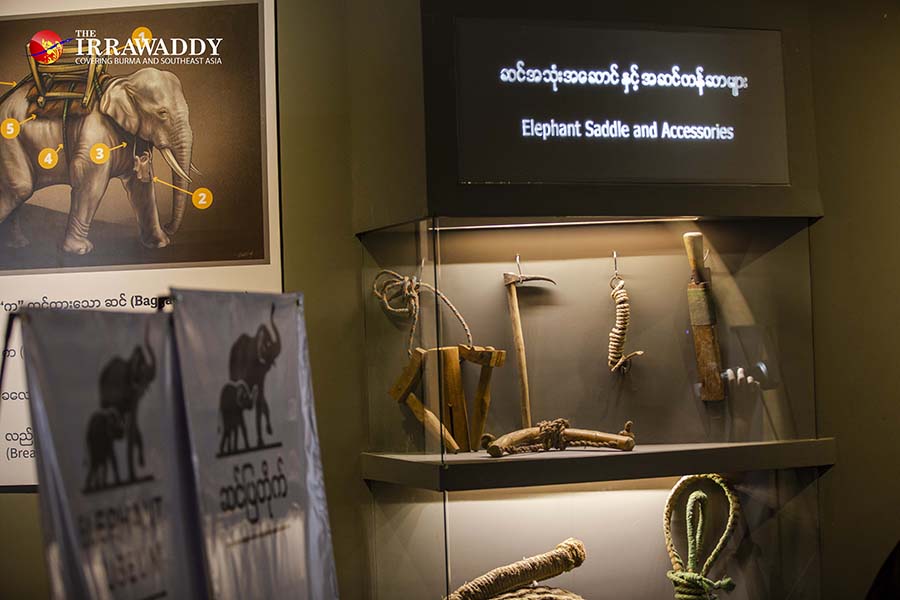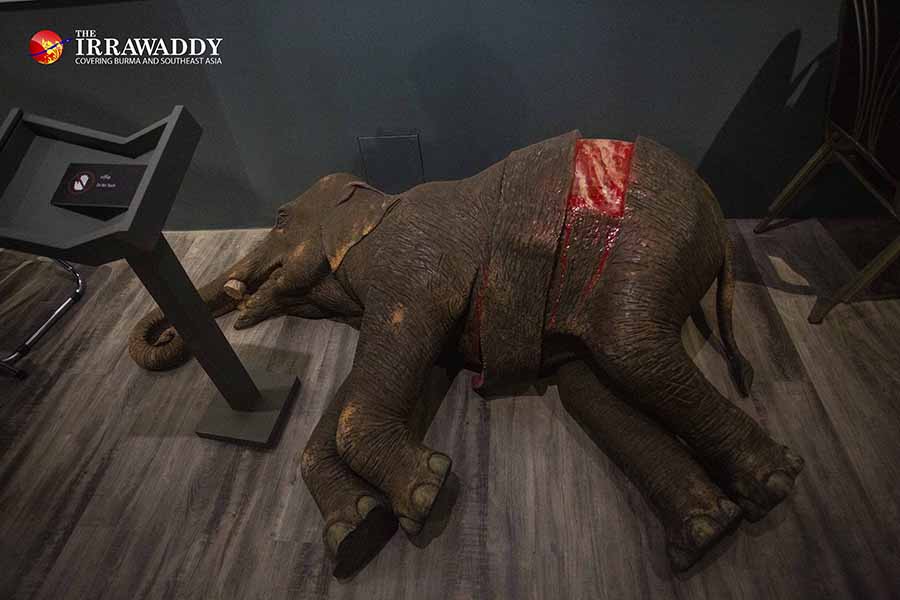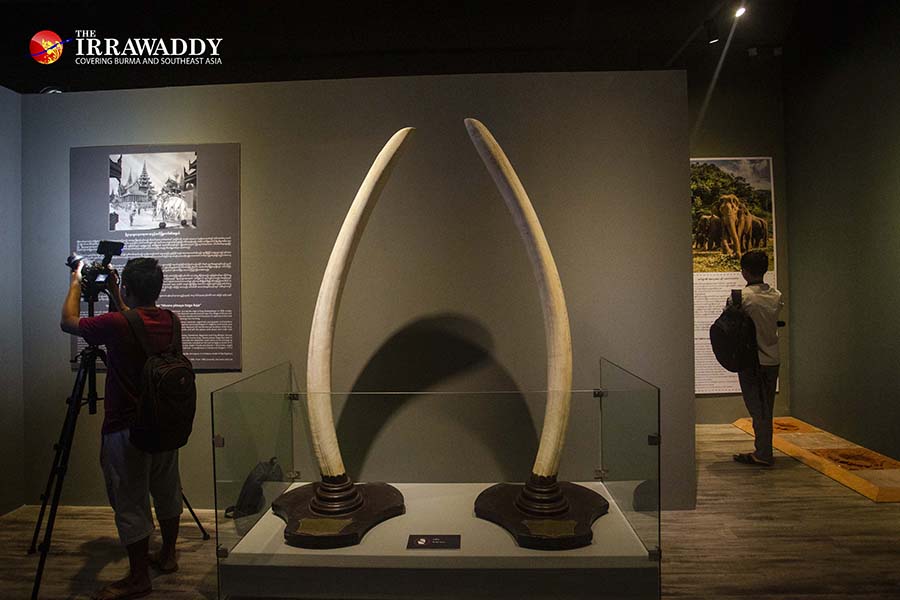YANGON—Myanmar’s first Elephant Museum will open in Yangon on March 3—World Wildlife Day—to raise awareness of the nature and behavior of elephants and the threats they face today, as well as the measures being taken to protect them.
The museum will be operated by the Forest Department as part of the Yangon Zoological Garden’s Natural History Museum.
“Elephants and the Myanmar people have lived side by side since the beginning of time. This museum is an opportunity to celebrate that relationship and to raise awareness of the threats our elephants face today due to the global poaching crisis. A Myanmar without elephants is unthinkable; we must work together to protect these noble giants,” Dr. Nyi Nyi Kyaw, director general of the Forest Department, said at a press conference at the museum on Feb. 26.

The elephant museum will educate visitors about the role of wild and working elephants in Myanmar’s history; the basic conflicts between humans and elephants, and possible solutions to them; offenses and penalties concerning the treatment of wild elephants; elephant saddles and other accessories; and more.
“Wild elephants have faced worsening illegal trading and killing in recent years, with at least one a week being killed. So, if we don’t raise public awareness, elephants will disappear in Myanmar within the next 10 years. I think this is the perfect time to open a public museum to raise awareness of the elephants’ plight,” said U Thein Toe, director of the Yangon Region Forest Department.
He added that, “Yangon is very proud to host Myanmar’s first Elephant Museum. The exhibits are bilingual, catering to both national and international visitors, with engaging interactive educational material.”

There are approximately 1,400 elephants in the wild and 3,000 to 5,000 in captivity in Myanmar, which is facing an unprecedented poaching crisis. In 2017, poachers killed 59 wild elephants.
Fully funded by World Wide Fund for Nature (WWF-Myanmar) the museum was designed by the young Myanmar architect firm WEER. It will include dynamic learning spaces to accommodate visitors of all ages and backgrounds, who will participate interactively with audiovisual displays and hands-on exhibits.
“WWF is pleased to support the government in the opening of this museum and the awareness it will create. However, awareness must go hand in hand with enforcement if we are to avoid [a situation in which] museums [are] the only place to see wildlife,” said Christy Williams, country director of WWF-Myanmar.

At the opening of the Elephant Museum, Myanmar’s second ivory burning ceremony will be held to send a clear message that wildlife crime will no longer be tolerated in Myanmar. The first ivory burning was held last October in Naypyitaw.
“Though we feel uncomfortable seeing them burn, we feel more uncomfortable about live wild animals being killed,” said U Win Naing Thaw, director of the Forest Department’s Nature Wildlife Conservation Division.
For the first three months, admission to the museum will be free for all visitors. Later, a reasonable entrance fee will be collected.
“The museum also has expenses; for example, we need to hire staff. So, the museum also needs income. That’s why, we will collect reasonable entrance fees after the first three months,” U Thein Toe said.
The museum opens March 3 and will be open from 8 am to 5 pm daily.

















